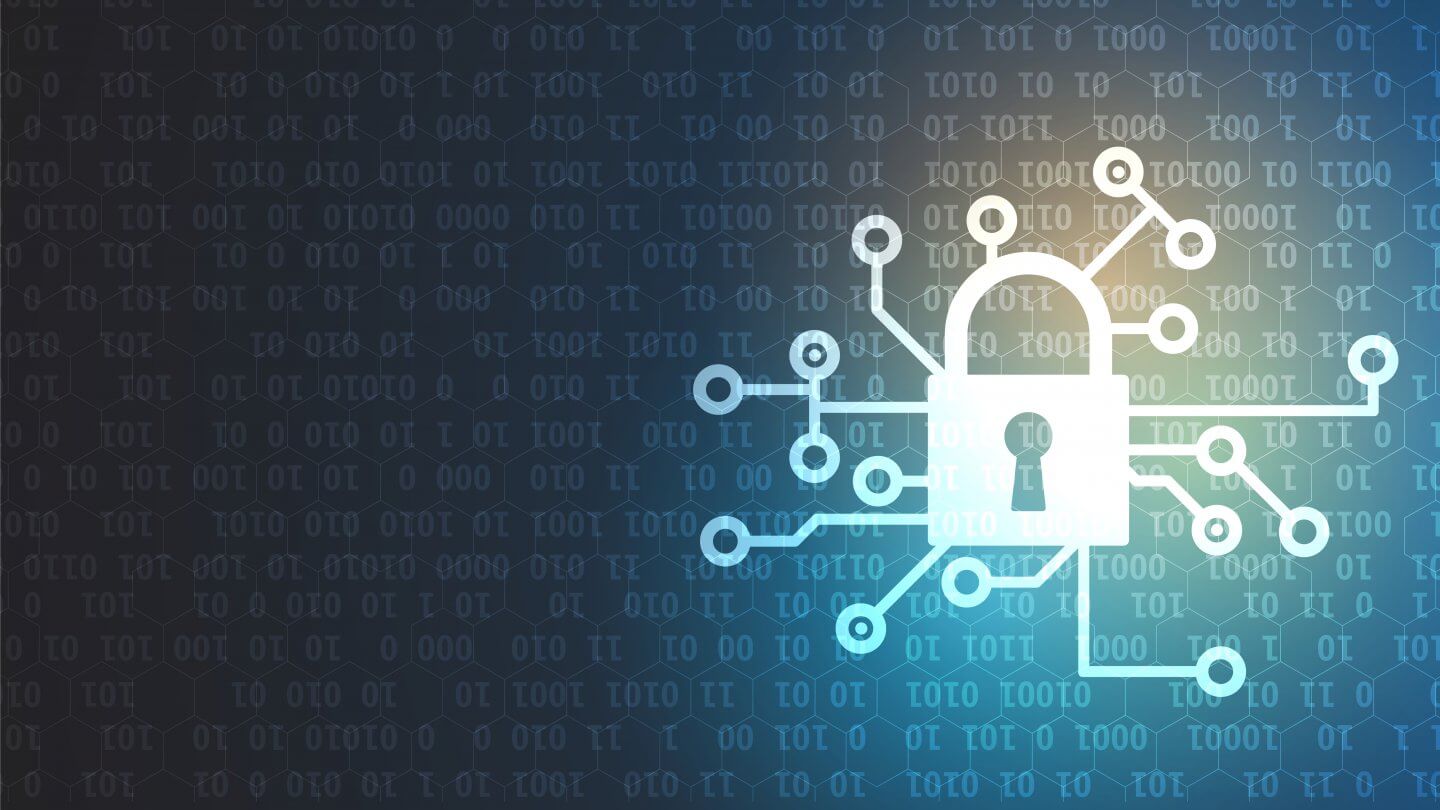Getting the lowdown on your security posture: SecurityScorecard
As well as overall direction, an organization’s ethos and qualities percolate down from the very top. Decision-makers in any company of size have responsibility for all aspects of the long-term strategy and the business’s daily workings. Therefore, for cybersecurity, risk management, and digital compliance to be effective throughout the enterprise, change starts at the C-Suite.
But like many areas of specific technologies, the machinations of cybersecurity are complex and take many years of careful study to learn and become experienced in. Getting full oversight from the point of view that decision-makers and strategists require does not necessarily need the type of accrued knowledge of the CISO. And in many ways, a security deep-dive is not only a pre-requisite but lacks the longer-term business focus that C-Suite personnel need.
In this article, we will look at how a change in attitude and awareness in the boardroom can translate into a safer, lower-risk, and more considered cybersecurity posture for the entire enterprise.
General Pointers
To fully understand the problems associated with protecting larger organizations from the risk of cyberattack, decision-makers have to be aware of their company’s vulnerabilities.
In a complex network of interconnected locations, hardware, software, partners, suppliers, and customers, there will indubitably be weaker and stronger areas where protection levels (by accident or design) vary. To further complicate this picture, the attack surface an organization presents will alter over time.
It is worth noting that in some parts of the network infrastructure, cybersecurity is deliberately allowed to take a back seat in some instances, such as some development test areas. But being aware of potential attack vectors and a high-level insight into an overall strategy can ensure that best practice continues to be observed.
Analysis of the weaker areas of any organization’s protective measures must extend to supply chain partners, other services, and, in fact, any digital connection that touches the enterprise. In today’s rapidly changing environments, considering the security reputation of, for instance, logistics partners of paramount importance. And without the right technology doing the heavy lifting of keeping the security picture up to date in real-time, objective oversight is impossible.
Introducing SecurityScorecard
SecurityScorecard offers enterprises a new way to quickly and easily assess the entire organization’s security position, with informative and trackable metrics covering risk posture in as much or as little detail as required.
Objective measurements of cyber risk come with a clear A through F result, allowing security initiatives (their planning, procuring, and required budgeting) to be better planned and resources prioritized.
The reports provide context as required and form a narrative assembled over time as to how the organization’s risk management strategies are progressing. The up-to-the-second empirical evidence means that decision-makers can be appraised of the situation on the ground, without the firehose of red flags and alerts that often dog cybersecurity operatives. Objectivity in a business context is the watch-phrase here.
Looking to Outside
As mentioned above, the assimilation of data from trusted partners and suppliers is of paramount importance in assessing the true security stance of the organization, as it is often the outside body that can — not deliberately — pose unknown risk factors.
The SecurityScorecard platform encompasses all areas of the extended modern network, including where third-parties are given API access to company facilities or where discrete networks come together in the course of business.
There is also the capability to produce figures quickly that compares an organization’s security position with its direct competitors. In an age where compliance and security ratings are becoming game-changers when procurement decisions are taken, this facility alone provides rapid ROI for the SecurityScorecard platform.
But combined with the many other deep, real-time insights that the package presents, SecurityScorecard forms the executive toolkit that C-Suite decision-makers need to align security with ongoing dialogue across all the enterprise’s stakeholders — and beyond.
To learn more about SecurityScorecard, watch this space for a deeper look at the platform’s capabilities, but if you like what you’ve read here today, get in touch with a local representative to talk about your options.









